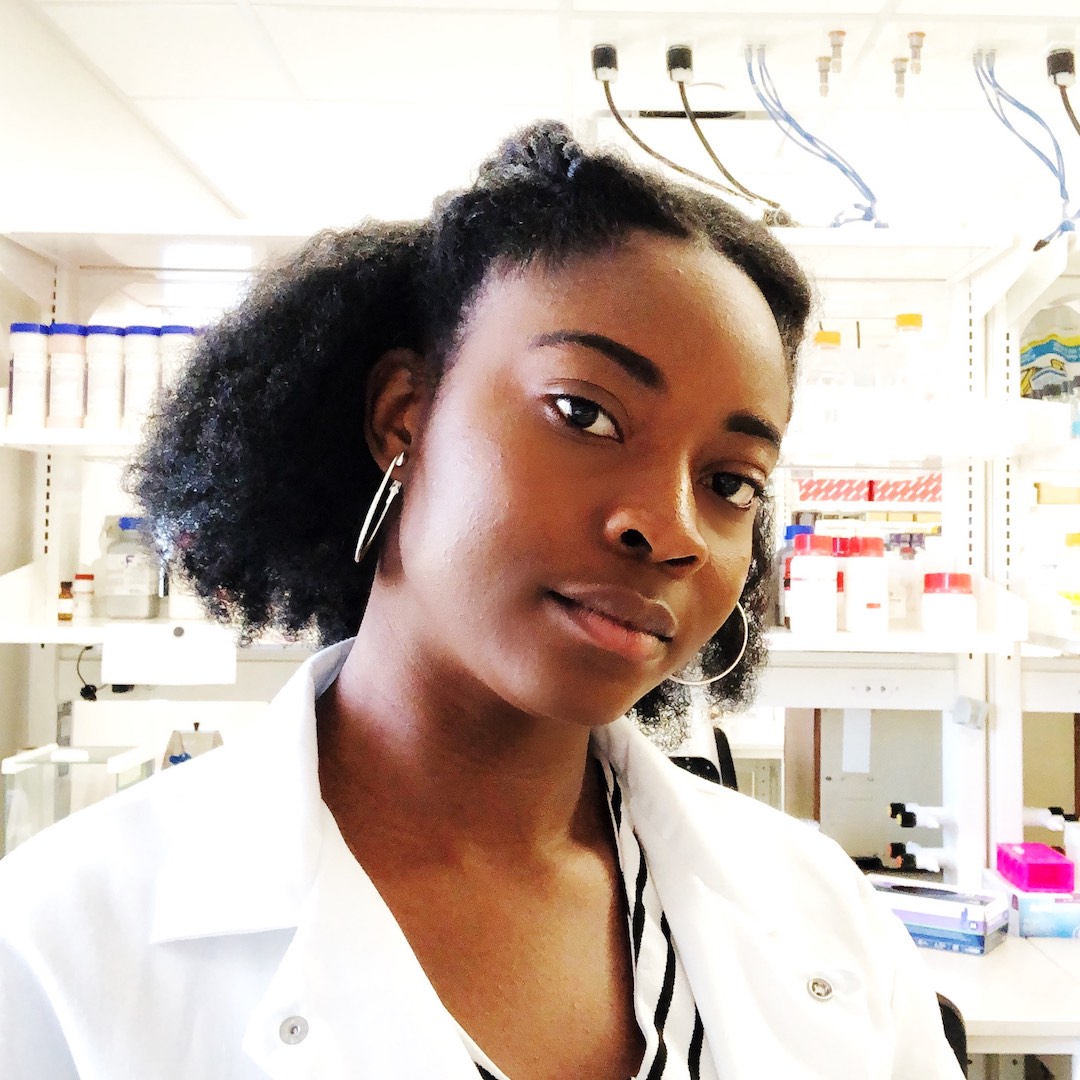Written by Famatta Perry, PhD
Cell counting is important for reproducible and accurate documentation of cell concentrations and viability, which can be used in a series of research, medical and biotechnological applications. Despite numerous documented issues with and limitations of Trypan Blue, it is still widely used in many research labs. This article aims to highlight Erythrosin B, a less toxic and hassle-free alternative to Trypan Blue as a cell viability dye.
Understanding Trypan Blue
But first, let us understand the documented limitations of Trypan Blue. At the very top of this list is the toxicity of Trypan Blue to people and cells. Trypan Blue is known to decrease cell viability over time due to dye uptake. It is recommended to count cells as soon as possible after mixing one’s samples. Numerous studies have also shown that Trypan Blue is potentially carcinogenic and can cause changes in the cell cycle and cell death regulations (1-6). Thus, it has been labeled as hazardous to animals and the environment.
Trypan Blue is prone to precipitation during storage which can appear as debris during counts on hemocytometers and/or automated cell counters. Maintaining clean Trypan Blue requires warming, filtering or centrifugation to remove the crystals to avoid interference with counts or mischaracterization of cells. In addition, the presence of debris amongst the cell sample makes it extremely difficult to distinguish non-nucleated cells from true debris, from dead cells or from crystals. Because of these limitations, it can result in highly subjective counts by individuals and inaccurate counts by automated cell counts. This is especially true for samples with lower than 80% viability. To add on, Trypan Blue can also bind to proteins in media or serum, which can interfere with its proper binding affinity to dead cells.
All of the above can result in inconsistent data being collected for optimization or standardization of protocols used for drug development, cell therapy or data generation at many critical points in research.
Introducing Erythrosin B, an Alternative to Trypan Blue
Introducing Erythrosin B, a better and brighter choice! Erythrosin B, used internationally as a food additive at low doses, is classified as non-toxic. It is a biosafe dye used in dye exclusion testing to measure cell viability. Similar to Trypan Blue, this assay is based on the principle that viable cells with intact cell membranes exclude the polar molecules of the dye and remain unstained, while dead cells with compromised membranes do not and thus appear darker.
Erythrosin B cell viability assays rely on the same principle as Trypan Blue assays, where live cells exclude the dye while compromised cells become stained. Some advantages of Erythrosin B over Trypan Blue, however, include its lower toxicity when mixed with cells, its stability at different temperatures and storage conditions, and lessened binding of serum proteins. These advantages of Erythrosin B over Trypan Blue significantly reduces the variables that lead to the mischaracterization of cells during cell viability and population density assays. This results in more accurate and reliable counts.
Understandably, some researchers still have lingering concerns about making the switch from staining with Trypan Blue to Erythrosin B, as Trypan Blue has historically been the gold-standard method of counting cells. This is often due to a reluctance to make changes to their current protocols. However, Erythrosin B can replace Trypan Blue using the same assay protocol, hardware and similar instrument settings. There are also no significant price differences between Trypan Blue and Erythrosin B.
For a comparison of performance of Trypan Blue and Erythrosin B see this technical note.
Conclusion
Erythrosin B is a less toxic alternative to Trypan Blue that offers several advantages leading to more reliable cell counts. Although Trypan Blue is the traditional standard for cell counting, studies suggest that Erythrosin B is a simple to use, cost effective and less toxic substitute.
References
- Chan LLY, Rice WL, Qiu J (2020) Observation and quantification of the morphological effect of trypan blue rupturing dead or dying cells. PLOS ONE 15(1): e0227950.https://doi.org/10.1371/journal.pone.0227950
- Piccinini, F., Tesei, A., Arienti, C. et al. Cell Counting and Viability Assessment of 2D and 3D Cell Cultures: Expected Reliability of the Trypan Blue Assay. Biol Proced Online 19, 8 (2017). https://doi.org/10.1186/s12575-017-0056-3
- Ford RJ, Becker FF. The characterization of trypan blue-induced tumors in Wistar rats. Am J Pathol. 1982 Mar;106(3):326-31. PMID: 7065117; PMCID: PMC1916226.
- Beaudoin, A. R., & Kahkonen, D. (1963). The effect of trypan blue on the serum proteins of the fetal rat Supported by research grant AM-05603-03 from the National Institute of Metabolic Diseases, Public Health Service, US Department of Health, Education, and Welfare.
- Black, L., & Berenbaum, M. C. (1964). Factors affecting the dye exclusion test for cell viability. Experimental cell research, 35(1), 9-13.
- Krause, A. W., Carley, W. W., & Webb, W. W. (1984). Fluorescent erythrosin B is preferable to trypan blue as a vital exclusion dye for mammalian cells in monolayer culture. Journal of Histochemistry & Cytochemistry, 32(10), 1084-1090.

Famatta Perry, PhD
DeNovix Application Scientist
Famatta joined the DeNovix team in 2023 after completing her PhD in Animal and Food Science, with a focus on nutritional immunology and immunometabolism, from University of Delaware. At DeNovix, she contributes to product development and application support with expertise in biological assay development and machine learning applications. Outside of work, Famatta enjoys trying new foods, experiencing different cultures through food, and anything related to anime.
Speak to a DeNovix Scientist
Have an application question, or want to learn more about our products? Click the button below to schedule a call with our team of expert application scientists!



